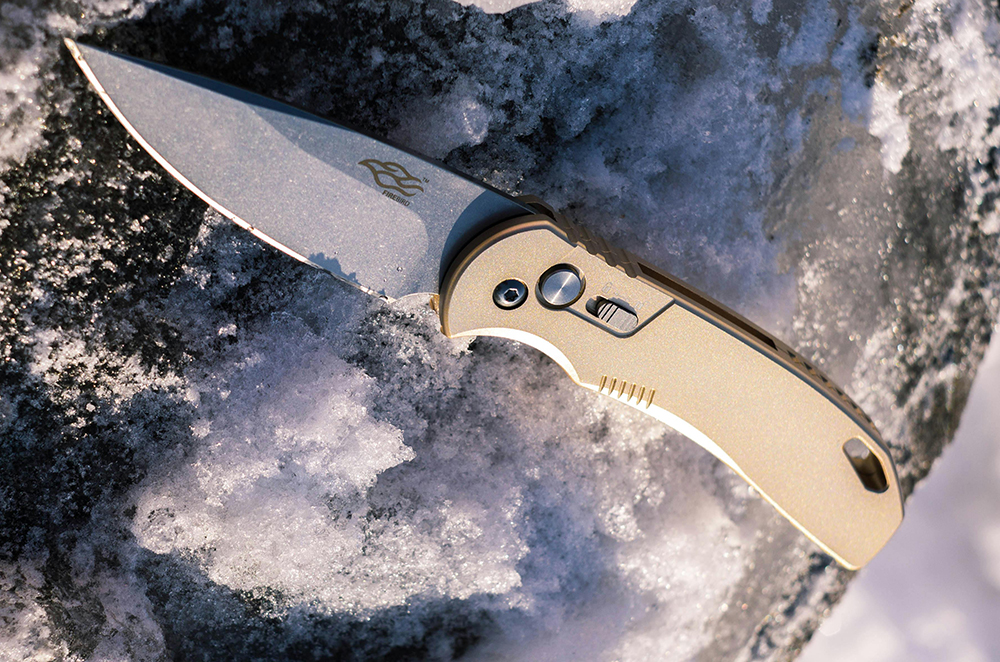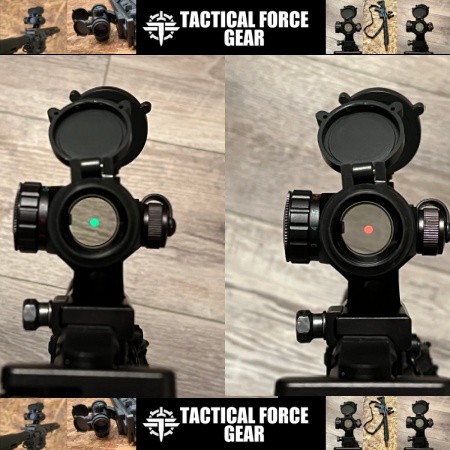Photo Source: pexels.com
Mastering strategy at poker and knife craft demands a combination of discipline, patience and precision. Read on to learn how these two vastly disparate universes have more in common than you might suppose.
At first sight, poker and knife making seem to be quite unrelated activities. One is strategy; one is skill and craftsmanship. But both involve an understanding of patience, of attention to detail and of reading and learning to react to what’s around you. This article will look at the unexpected similarities in poker strategy and knife making.
The Art of Precision in Small Choices
Precision is at the core of knife making and poker, as well. A small misstep in either can greatly affect what you end up with. When playing poker at real money casinos, any choice, no matter how trivial-sounding, can turn the tide of the game and impact your bankroll. Whether you’re considering when to raise or when to fold, having a sense of where that fine line is that separates risk and reward is key.
In much the same way, knives require precision as well. Making a blade that is not only sharp and balanced but also strong is no small task and it demands an extraordinary level of skill and attention to detail or one misstep while forging can create one that is either woefully weak or brittle and incapable of doing what it is designed to do. Whether you’re making a nice kitchen knife or a tactical knife, behind every cut, every strike of the forge, every movement is calculated, or one slip-up renders the whole product for nothing.
Understanding Opponents like Blade Angles
Both knife makers and poker players depend greatly upon reading the environment—in this case, reading an opponent’s tells at the poker table or reading the slight differences of blade angle. Knowing when to hold or to fold in poker is based upon reading what other players do, where they position themselves and even slight changes in betting patterns. In a similar context, expert knife makers understand instinctively what will be done to various materials when struck by the knife. The edge of a knife, as well as strategies in poker, is what tells the story. When you sharpen a blade, you have to pay close attention to both the technique and angle in order to get it just so and be honed to perfection. One misstep and you’ve got one that won’t cut it, just as at the poker table, winning players are attuned to the flow of the game, picking up on subtle changes in dynamics that someone else may not even notice.
Patience and Discipline Over Impulse
One of the most prominent traits that expert knife makers and successful poker players have in common is discipline. You need an unwavering level of patience in both of these industries. In poker, impulse decisions can result in regrettable choices, either chasing down a hand you shouldn’t or gambling more than you can lose. The best players understand when to be aggressive and when to lay back and let someone else take it home.
Knife-making, in like manner, is also a patient endeavor. The time it takes to shape, sharpen and hone one’s blade can range from hours to days or even weeks, depending on the intricacies of one’s project. Each step of knife-making has to be lovingly taken care of by knife makers, from choosing appropriate material to buffing to perfection one’s end product. Hurrying it up might end up producing an otherwise mediocre product, much like hasty decisions on the poker game results in missing an opportunity.
While poker players bide their time to pounce, knife makers wait for materials to settle, blades to temper and techniques to develop over time. The skills that each discipline learns stem from knowledge that success is more likely to be achieved in inaction, not in action’s bombastic extremes.
Selecting the Right Approach to Do the Job
One of the fundamental principles that both poker and knife making have is to use the correct instrument or tactic to achieve your goal. In poker, it’s important to know whether to fold a hand, to go all-in, or to wait for something better to turn up, as each one of these requires something different and is best done using an appropriate method every time. Likewise, in the knife world, various chores necessitate various knives. A chef’s knife is best suited to chop vegetables, yet a tactical knife is best suited to harsh outdoor conditions, which the maker of the knife must understand. Having the appropriate instrument for the appropriate application is critical to successful gambling as well as knife crafting.
Mastery Takes Time
Last but not least, both knife making and poker strategy are lifelong learning processes. Mastery never comes quickly—it is something that develops over years of trial and error, of winning and losing. In poker, the most effective players are players who continually fine-tune their strategies year to year, learning from every hand won or lost as it is played. In knife making, each knife is a chance to get better at it, whether it is fine-tuning the forging process or honing the sharpness of the edge. Both disciplines reward individuals committed to ongoing improvement and the process of becoming an expert is as enjoyable as the end result, whether at the workbench or at the card table.
The post What Knife Craftsmanship and Poker Strategy Have in Common appeared first on Knives Illustrated.
Read the full article here




